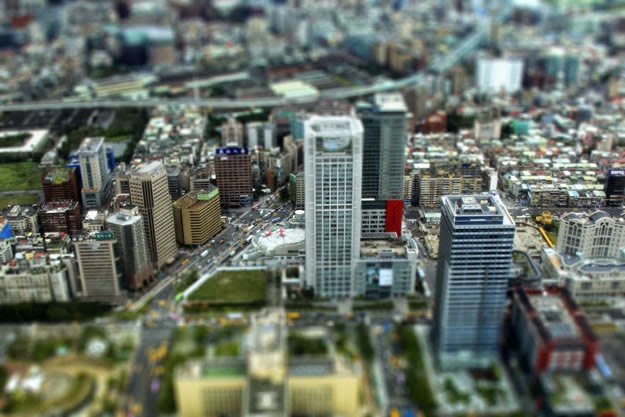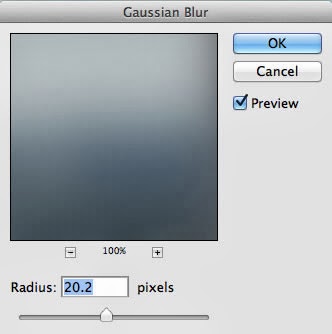Today I spend the entire rainy afternoon in my little studio playing with smoke. I had my room filled with smell of smoke but it was great fun.
(Picture Above: Do you see a man with arms stretching out to both sides?)
Smoke photography is one of those really fun subject because every photographs produces different pictures. Depending on the shape and form of the smoke (and of course your creativity), it can be superimposed onto another object to give it a creative appeal e.g. smoke from a kettle or tea cup.
Here are some tips on how to take pictures of smoke …
Logistics/Equipment Required
Dark Room with Still Air
To effectively capture the smoke, the room needs to be
dark enough and without any moving air (i.e. turn off the fan or air-condition). I find results more pleasing if the room is completely dark i.e. can barely see own hand. If you are working in a very dark room, make sure you have a touch light or can easily access to the light switch just in case anything is toppled over.
Black Background
Either a piece of black cloth or black paper/cardboard that is enough the cover the frame of picture is required as the background so that the smoke taken can "stand out".
Remote Trigger
If you are doing this alone, you will definitely need a remote trigger as you will be fanning the smoke or creating "patterns" of the smoke which I will explain later.
Off-Camera Flash
In my case, I've used my Canon 580 EX II as the off-camera flash controlled from my camera via ST-E2 transmitter. The off-camera flash is placed at 45-degree position on either the left or right,
facing towards the camera. Placing at this position will help to illuminate the smoke with a completely black background. Do a couple of test shot to ensure that:
- The flash does not illuminate the black background. If it does, move it further away from the background (or move your background further back). Alternatively, put a black cardboard between the flash and the background to block the light.
- The smoke can be illuminated from the firing flash.
- The firing flash does not point into the camera i.e. the flash fired should be outside the camera's angle of view.
Tripod (Self-Explanatory)
Self-explantory especially shooting in the dark and alone.
Smoke Source
A burning incense is ideal because it is safe and produces a steady flow and nice form of smoke. Furthermore, it can be stick onto a sponge or styrofoam without the need to hold onto it.
If you don't have incense stick, you can try make a "smoke stick" with kitchen paper towel. To make a smoke stick. twist a piece of kitchen paper towel into a stick (see picture below). You have to make sure that it is tightly twisted, otherwise it will just catch fire easily. To produce smoke, fan off the fire once the stick is already burning. Please be careful not to burn down your house if you are using kitchen paper towel as it is more flammable and harder to control. Do note that the kitchen paper towel stick can be quite smokey :)
(Picture Above: Kitchen paper towel stick on top left.)
Camera Settings
Pre-Focusing Required
Before switching off the lights, you will need to pre-focus on the spot where the smoke will be rising into the air. You can do so by auto-focusing on the tips of the incense stick, once that is done, switch to manual focus.
ISO 100, Small Aperture (F/13 or Higher), 1/200s Shutter Speed
This is the typical settings that I start off with. If you are not getting the right exposure, you can try a wider aperture but not recommended to be wider than F/8.
Flash Power Output
The flash power should be adjusted accordingly to a suitable level that will illuminate the smoke sufficiently. You should play around with the flash power output alongside the aperture used. In my case, I've used between flash power of 1/4 to 1/8.
Take Picture in RAW
Taking the smoke pictures in RAW allows you better control during post-processing which is definitely required for any smoke photography.
Creating Interesting Smoke Form
If you leave the incense stick burning without doing anything, you will only get a straight stream of smoke. So to give a little bit of excitement to get more interesting smoke form, you can try to:
- Gently fan or blow the smoke
- Use a container (e.g. a plate, a cup) to temporarily catch/hold the smoke as it raises and releasing them (by moving the container gentle away) after a while.
You can also add color gels to your flash to produce other interesting colors of the smoke.
(Picture Above: Do you see a face flying to the left?)
Post-Processing
The key adjustments using your preferred image editing tools should be on the contrast, exposure, hue, saturation, temperature and tint of the smoke picture taken. Contrast and exposure take care of the intensity and tone of the picture. Hue, saturation, temperature and tint can control the colors on the smoke.
If you want your smoke picture to appear on a white background instead, just invert the picture colors. You should do this before you start applying any adjustments as the look and feel can be very different on a white versus a black background.
Where required, you should clean away any unsightly/unwanted smoke in the background for a better picture composition.
(Picture Above: What do you see now?)
Have Fun Trying Out Your Own Smoke Photography!
Please visit
http://jefzlim.smugmug.com/Studio-Works/Smoke for more photos …

.png)





































































